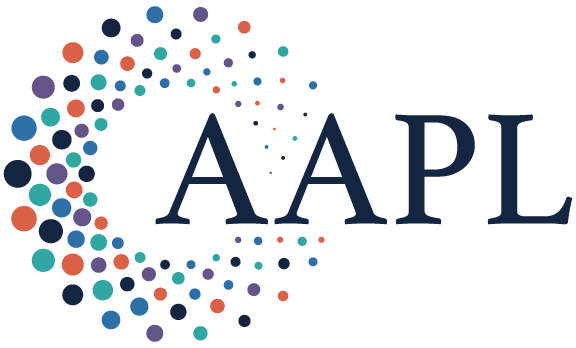
Economics
The Collaboration Imperative: Why Healthcare Executives Must Unite Against an Existential Threat
Peter B. Angood, MD, FRCS(C), FACS, MCCM, FAAPL(Hon), C. Ann Jordan, JD
Healthcare organizations face billions in revenue losses from Medicare cuts, halted value-based care models, and reduced federal funding. Traditional siloed leadership cannot tackle these interconnected challenges. This white paper emphasizes the critical need for integrated CEO-CFO-physician executive collaboration, offering actionable frameworks for building collaborative leadership structures. Executive partnerships and physician leadership development drive superior outcomes, financial sustainability, and competitive advantage in a transformed healthcare landscape.
Influence
“Profiles in Success”: Certified Physician Executives Share the Value and ROI of their CPE Education
Peter B. Angood, MD, FRCS(C), FACS, MCCM, FAAPL(Hon)
AAPL believes physician leaders who are pursuing leadership education and training — and the organizations that are supporting their effort — should be able to clearly see the value of their time, money, and effort.
Influence
Championing Physician Leadership Development: AAPL's Five-Decade Commitment Meets Healthcare's Critical Moment
Peter B. Angood, MD, FRCS(C), FACS, MCCM, FAAPL(Hon)

From closing knowledge gaps in finance and AI to building emotional intelligence and peer communities, the future of healthcare demands bilingual leaders fluent in both medicine and strategy.
Humility
Life Imitates Art
Stuart A. Green, MD

Faced with an emerging pandemic, public healthcare administrators are responsible for making decisions that may affect or even end the lives of millions of individuals.
SoundPractice
Confronting Sexual Misconduct in Healthcare with Dr. Matthew Mazurek
Matthew J. Mazurek, MD, MHA, CPE, FACHE, FASA, FAAPL

In this episode of SoundPractice, Matthew Mazurek, MD, talks with host Mike Sacopulos about his book Sexual Misconduct, Harassment, and Discrimination in Healthcare, revealing how underreported problems, power dynamics, and social media impact today’s medical workplaces. Hear practical advice for leaders, the role of education, and why prevention is key to creating a safer environment for both staff and patients.
Differentiation
To Develop Your Career, Remember to Build Your CASE!
Karen J. Nichols, DO, MA, MACOI, MACP, CS-F
Effective leaders rely on advisors: role models, mentors, coaches, and sponsors, plus champions, advocates, supporters, and endorsers. Each plays a unique role.

Influence
Meet your AAPL Board of Directors: Peter Paige, MD, MMM, FACEP
Peter Paige, MD, MMM, FACEP
Meet your AAPL Board of Directors

New Book
Career Prescription Guide: A Physician's Guide for Career Transformation or Advancement
Pamela C. Sullivan, MD, MBA, CPE, FACP, FCUCM, PT
This guide empowers physicians to navigate career transitions with confidence, align decisions with values, prevent burnout, and achieve fulfillment.

Integrity
Finding Her Story Again
Devjit Roy, MD, CPE
AI transforms fragmented systems, enabling doctors to reclaim time and connect deeply with patients by uncovering their stories and providing meaningful care.

Quality Improvement
What the Air You Breathe May Be Doing to Your Brain
Paula Span
Research indicates a growing link between air pollution, particularly fine particulate matter (PM2.5), and dementia, including Alzheimer’s and Lewy body dementia. Scientists emphasize the importance of stronger environmental policies to combat air pollution and its detrimental effects on public health, particularly cognitive health.

Integrity
How to Coach Hyperenergetic Executives
Rahul Bhandari
Many high-performing executives operate like caffeinated squirrels—hyper-driven, fast-moving, and constantly generating ideas—but their unchecked energy can create chaos, dilute strategy, and exhaust teams. While this intensity often looks like leadership, it can become a liability without structure. The most effective leaders don’t suppress this energy—they channel it, using intentional pauses, clarity standards, and energy-aware practices to ensure that speed serves strategy, not sabotages it.
Self-Awareness
Doctoring Differently with Dr. Naomi Lawrence-Reid
Naomi Lawrence-Reid, MD

Naomi Lawrence-Reid, MD, shares her journey from clinical medicine to exploring innovative career paths. She founded Doctoring Differently to empower physicians.
Environmental Influences
Life’s Lessons From the Baseball Diamond
Neil Baum, MD
Healthcare can learn from other industries, like hospitality and baseball, to improve patient experiences, loyalty, and service quality through shared principles.


